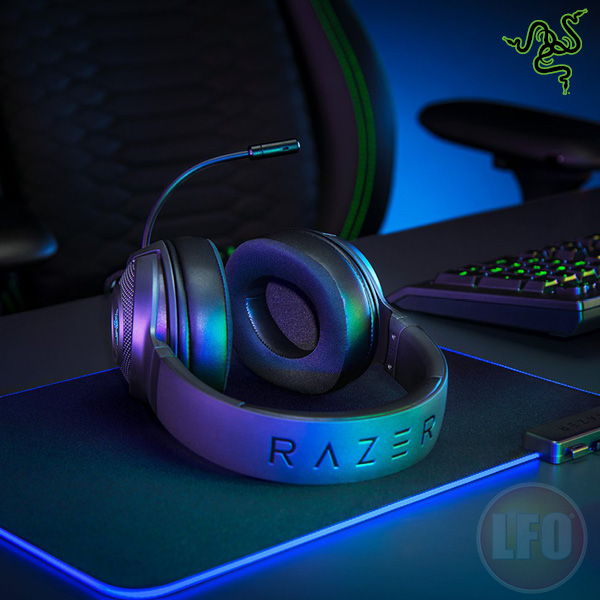Artificial Intelligence (AI) and Machine Learning (ML) are transforming the landscape of various industries, from healthcare to entertainment. A pivotal component of this revolution is the hardware that fuels these advanced computations. One such piece is the Nvidia RTX 4080. This GPU, with its high-performance capabilities, is rapidly becoming the go-to choice for AI and ML applications.
Powering AI with Nvidia RTX 4080
The Nvidia RTX 4080 is equipped with advanced architecture, allowing for superior performance in AI computations. It features Nvidia’s latest Ampere architecture that includes Tensor cores dedicated to accelerating AI computations. This hardware is particularly useful in training complex neural networks, a critical task in AI development.
For example, in deep learning, a branch of AI, large amounts of data are fed into neural networks that learn and make decisions based on these inputs. The RTX 4080, with its superior computational power, can handle these massive data sets, leading to faster and more accurate model training.
The RTX 4080 in Machine Learning
The Nvidia RTX 4080 displays similar prowess in ML applications. Machine Learning, a subset of AI, uses algorithms to parse data, learn from it, and then make predictions or decisions without being explicitly programmed to do so. The RTX 4080’s advanced GPU architecture allows for seamless execution of these algorithms, increasing efficiency and accuracy.
In addition, the RTX 4080 supports CUDA, a parallel computing platform and API model created by Nvidia. CUDA allows software developers to use a CUDA-enabled graphics processing unit (GPU) for general purpose processing — an approach known as GPGPU (General-Purpose computing on Graphics Processing Units).
Embracing the Future with Nvidia RTX 4080
With the demand for AI and ML applications growing exponentially, having robust and reliable hardware is crucial. The Nvidia RTX 4080, with its state-of-the-art capabilities, is poised to drive this wave of AI and ML innovation. Its superior performance in processing large data sets and complex algorithms makes it an ideal choice for researchers and developers in the AI and ML fields.
Nvidia’s commitment to AI and ML is evident, not only in their hardware offerings but also in their active involvement in the AI and ML community. They offer resources such as the Nvidia Developer Program, which provides developers with tools, training, and events to accelerate their work in AI, ML, and related fields. They also run Nvidia’s GTC, a global conference that brings together innovators, technologists, and creatives working on the cutting edge of AI and ML.
In conclusion, the Nvidia RTX 4080 is more than just a graphics card for gaming. It’s a powerful tool for AI and ML applications, pushing the boundaries of what’s possible in these exciting fields. Check out our website to learn more about latest advancements in technology and how they can be leveraged for your business needs.



